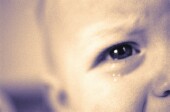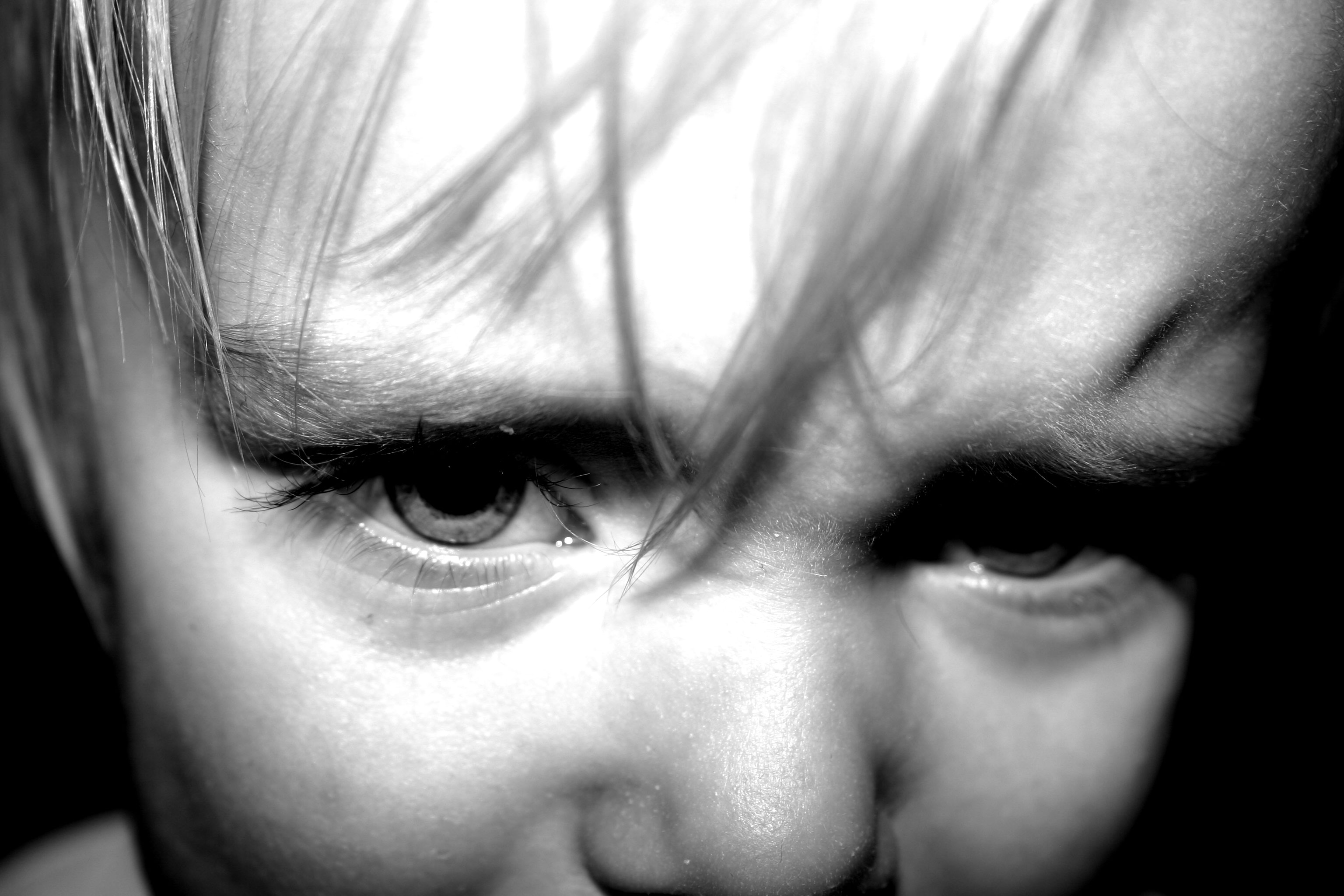
MONDAY, Oct. 8 (HealthDay News) — Physicians can use eye examinations to figure out whether infant and toddler head injuries were caused by accidental injury or child abuse, suggests a new study that adds to existing evidence on this method of detecting abuse.
At issue is the bleeding in the retina that can occur as a result of a head injury. The authors of a study released Monday report that they were able to confirm 93 percent of child-abuse cases by examining hemorrhages in the retina.
Study lead author Robert Minns, a pediatric neurology professor at the University of Edinburgh, in Scotland, said the findings could play an important role in court proceedings involving alleged child abusers. “Clinicians can now be more precise in their (evaluation) of abusive head trauma to infants and young children based on their retinal findings during eye examination,” he said.
It’s long been difficult for physicians to determine whether a child with a head injury was deliberately injured — as in the condition known as shaken baby syndrome — or was hurt in an accident. To make things more complicated, “there are a minority of doctors who believe that children cannot be injured by shaking, or that one cannot prove that they were injured by shaking,” Minns said.
In the big picture, he added, “the challenge is to make a secure diagnosis to ensure the child’s subsequent safety and to prevent further injury from any abuse.”
Eye doctors have long known that child abuse can lead to bleeding in the retina, which sits in the back of the eye. “A retinal bleed results when fine blood vessels of the eye tear after being injured by the force of an injury,” said Dr. Fizan Abdullah, a children’s trauma surgeon and associate professor of surgery and international health at Johns Hopkins University School of Medicine and Bloomberg School of Public Health, in Baltimore.
But it’s been a challenge for researchers to definitively link retinal injuries to abuse as compared to accidental injuries. In the new study, researchers examined the medical records of 114 children with head injuries, 79 boys and 35 girls, who were treated at the Royal Hospital for Sick Children Edinburgh.
They found that a certain kind of retinal injury — in the middle layer of the eyes — was more common in children who were thought to have been abused. The researchers found that 93 percent of children who were abused had more than 25 of these injuries.
By contrast, Minns said, the injuries in cases not linked to abuse were more likely to be in other areas of the retina. The bleeding linked to abuse may occur because the injuries repeatedly cause the head to rotate, he said.
Retinal imaging is used to locate the bleeding.
Dr. Brian Forbes, an associate professor of ophthalmology at Children’s Hospital of Philadelphia, put it this way: “The repeated to-and-fro motion associated with a shaking injury likely has a progressive tearing effect.”
Forbes, who’s familiar with the study findings, said they’re consistent with other research. “I believe all young children of whom there are suspicions of having been abused should be evaluated by an ophthalmologist,” he said.
The study appears online Oct. 8 and in the November print issue of the journal Pediatrics.
More information
For more about child abuse, try the U.S. National Library of Medicine.

